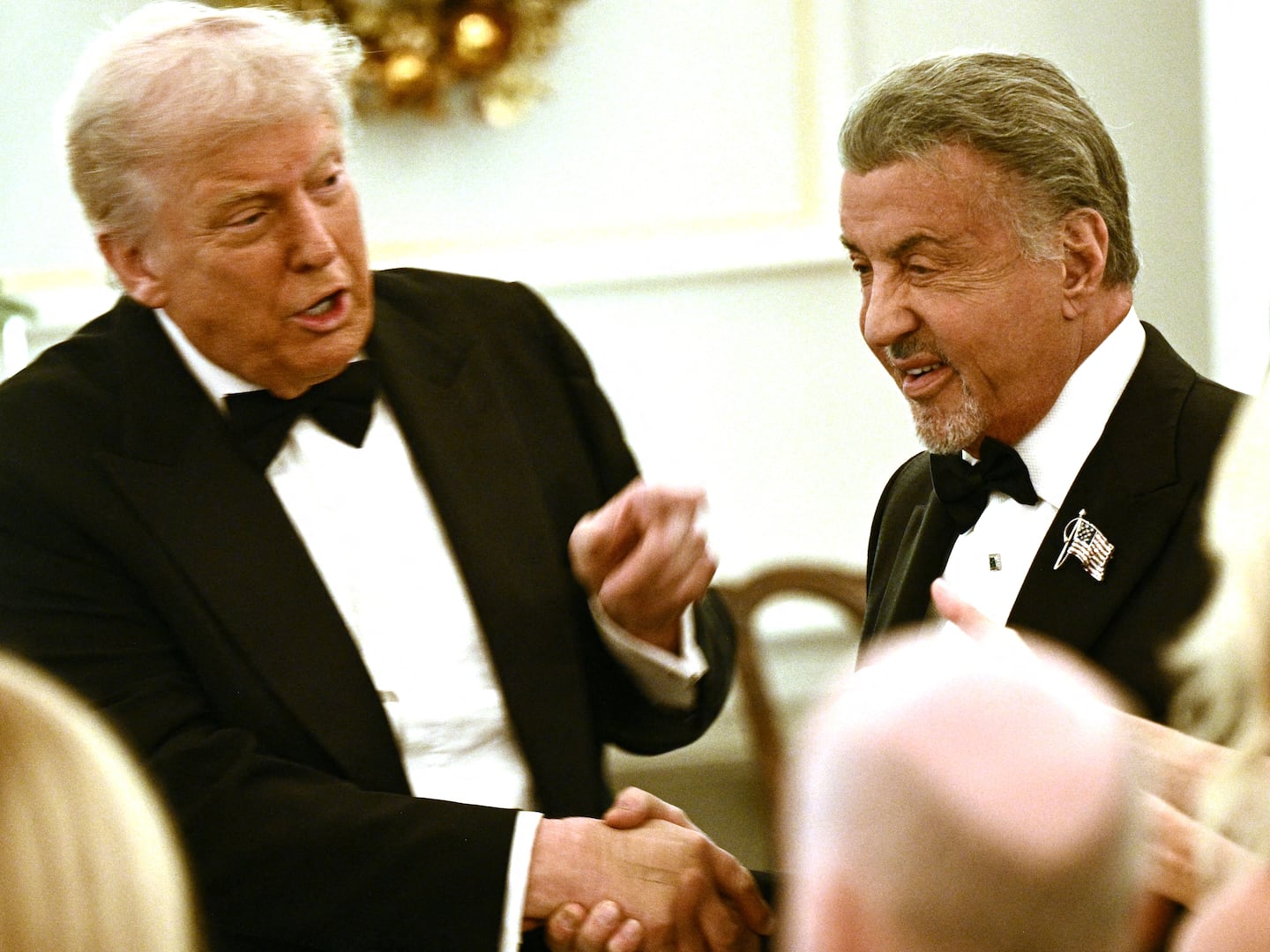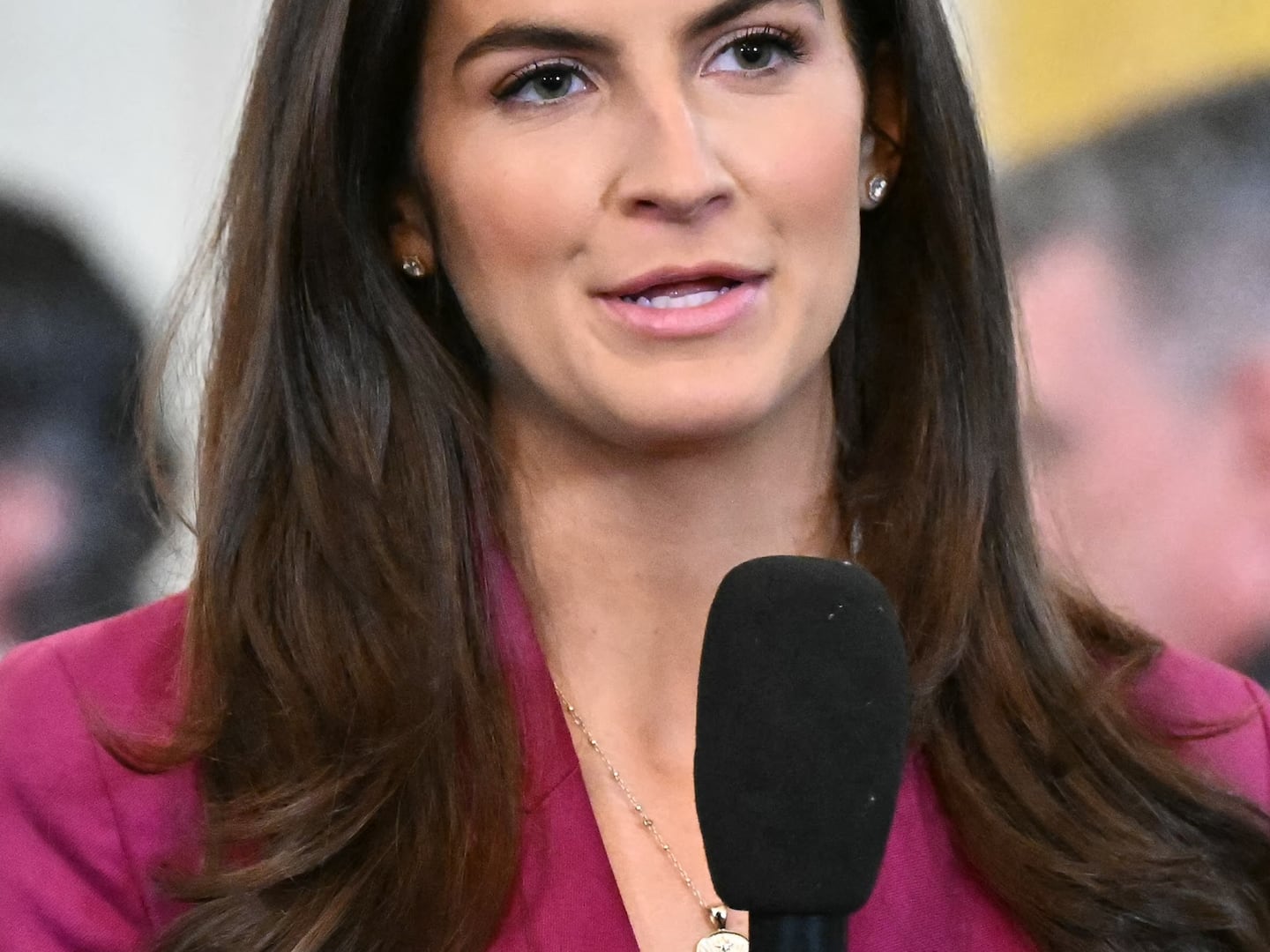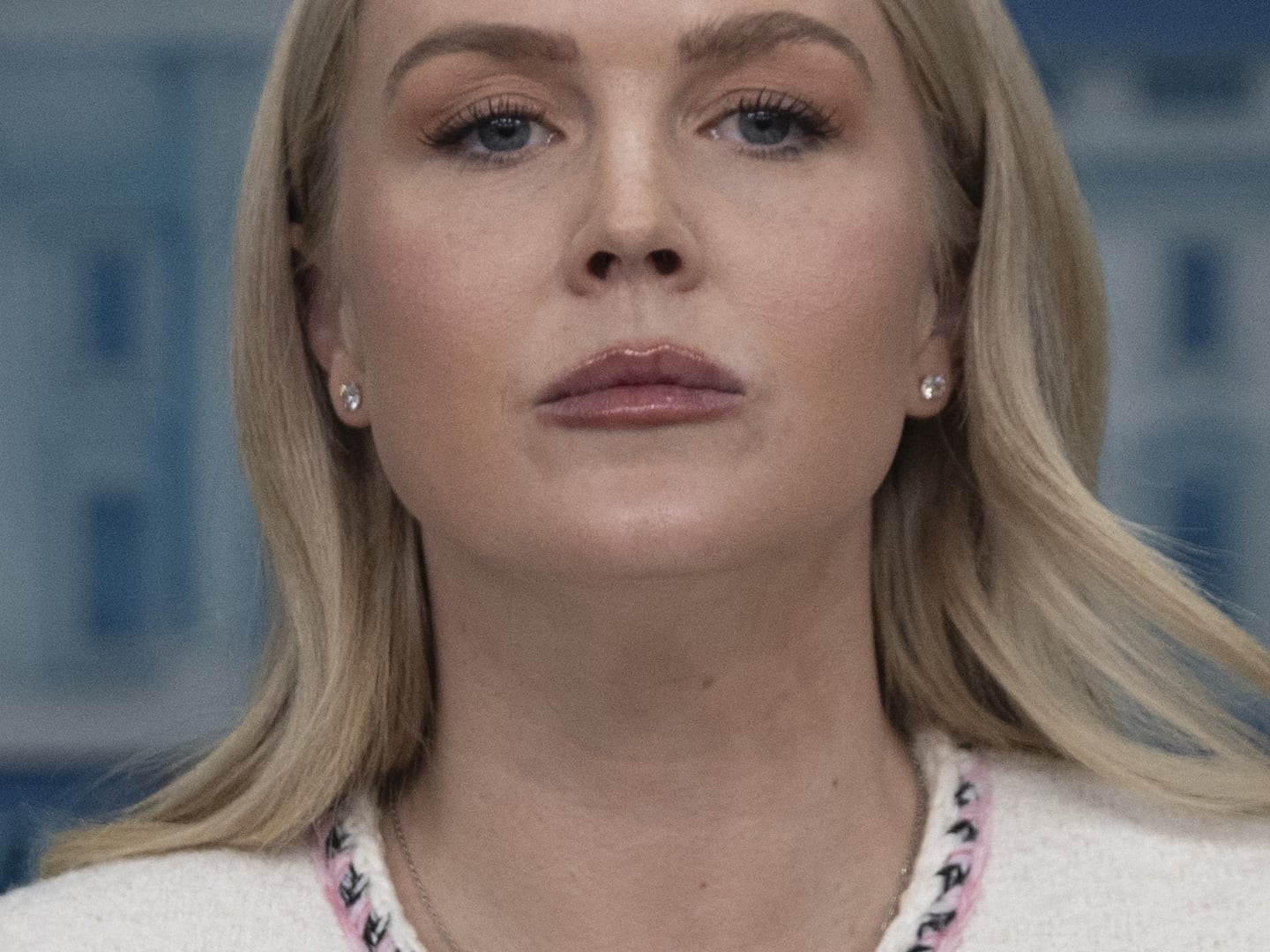
A plot point in the timeline of gay history was the 2008 release of Milk, featuring Sean Penn’s beating-heart portrayal of the San Francisco supervisor and gay activist shot dead in 1978 by a (seeming) closet case’s bullet, matched in the film only by documentary footage of the political martyr himself. (The real Harvey Milk was a veritable Lenny Bruce of comic timing and New York City street smarts.) The movie did the trick. Exiting Chelsea Cinemas, I fought back tears, ready to raise my fist at any future invocations (with applause lines and “Jesus”-in-four-languages) by Prop-8 bashing Rick Warren.
“To me,” says Francesco Vezzoli, “Rauschenberg and Johns are mythological as two serious, strong people, sharing ideas, and creating work together. I find that deeply inspiring.”
But an equally poignant plot point in 2008, tugging in another direction entirely: the death of the artist Robert Rauschenberg, in May. His style in death as in life could have not have been more different. If Harvey Milk was hot-under-the-collar, heading west to sample the liberated Castro-district lifestyle, Rauschenberg, 82—a mere five years older—was too-cool-for-school. His coy, house-style New York Times obituary set the gay blogosphere spinning as it clocked a two-year marriage early on, and son; a companion; and more muted, of the artist Jasper Johns, in the '50s, “The intimacy of their relationship…a consuming subject for later biographers and historians.” Missing was mostly the G-word, a wrong the Advocate righted with “Gay Artist Robert Rauschenberg Dead at 82.”
Over the summer, the MoMA gallery Rauschenberg shares with Johns and Cy Twombly, two living masters with whom he was romantically linked during the making of several of the works hanging, became an ersatz shrine. On the morning I visited, one guy was taking an iPhone picture of his boyfriend in front of “Bed” (1955)—made from Rauschenberg’s own sheet and quilt, daubed with fingernail polish and striped toothpaste, on a day the artist was too poor to buy canvas. Hanging catty-cornered, Johns’s “Painting Bitten by Man” (1962)—surely reading like the work of a painter scorned, with its gouge of teeth marks in gray encaustic. Unmistakable was the hot charge of art that even the Times obit suggested carried “some black-humored encoded erotic message.”
When I first arrived in Manhattan in 1971, such don’t-ask-don’t-tell art was all the rage. John Ashbery bristled at being identified as a gay poet; Elizabeth Bishop refused to be included in anthologies of women’s poetry. We were on the cusp of Rauschenberg-cool and Milk-hot. But the durable allure of Rauschenberg and Johns, their coded love and art, is not just cranky nostalgia. When I spoke with bad-boy artist Francesco Vezzoli—his art-market spoof “GREED, A New Fragrance by Francesco Vezzoli” opened at Rome Gagosian this week—he said, “To me, Rauschenberg and Johns are mythological as two serious, strong people, sharing ideas, and creating work together. I find that deeply inspiring. And I see very little around today. We are living in such a plus-one world.”
Luckily, Friday-casual has taken hold in the art world, as more eyewitnesses fill in the blanks of a love—and art style—that smugly shrugged off speaking its name. The connect-the-dots picture that emerges from all the deep gossip is of lives as difficult to label as Rauschenberg’s “combines,” neither painting nor sculpture—a term given him by Johns, whose grandfather was a farmer. For by the time they met in 1954, Rauschenberg had divorced Sue Weil (a feature on them making “blueprint art” appeared in Life magazine) and taken up at Black Mountain College with Cy Twombly, who later married Tatiana Franchetti, with whom he had a son, Alessandro. The next summer, Johns had a “fling” with Rachel Rosenthal, reborn as a performance artist and now living in LA.
By 1957, as a pair of geniuses pioneering the artists-in-industrial-lofts lifestyle at 278 Pearl St.—Bob on the fifth floor, “Jap” on the fourth—they were an item with an agenda: to upend art history. “Jasper and I used to start each day by having to move out from Abstract Expressionism,” Rauschenberg once said. Johns designed a gold-leaf frame for Rauschenberg’s oedipal “Erased DeKooning Drawing”—a violation that took three weeks and 15 rubbers. On a studio visit to Rauschenberg, Leo Castelli saw Johns’s “White Flag,” and offered him a solo show instead—on January 20, 1958, a date circled in red as the moment the new art world supplanted the old. (Many of these bold and sensuous flags, targets, numbers are now on display in “Focus: Jasper Johns” at MoMA.)
After a run of seven years, the Picasso and Braque of American art split, supposedly the result of finding a dancer in one or the other’s bed, but equal-parts due to the fame that wreaked havoc on other painter pairs: Jackson Pollock and Lee Krasner, Bill and Elaine DeKooning. “What had been sensitive and tender became gossip,” said Rauschenberg in a rare mention. “It was sort of new to the art world that the two most well-known, up and coming studs were affectionately involved.” Instead of public bickering, they made revenge paintings: the titles of Johns’s “NO” and “Liar” self-explanatory; Rauschenberg made the ambivalent “Slow.” Adding extra frisson to the memorial at the Met, where Bill Clinton spoke, was Johns’s last-minute slipping into an aisle seat. The End.
Having devolved to Johns vs. Rauschenberg, these two struggling boho talents wound up slumdog millionaires. Two nights after his death, Rauschenberg’s “Overdrive” sold for $14.6 million; ever the “it” painter, Johns’s “Figure 4” had outsold him a few years earlier at $17.4 million. In art history, their achievement rivaled the invention of Cubism. Yet among the children of Harvey Milk, they’ve had some rough going. In the 1990s, Milk’s ancient rallying cry set the tenor: “I’m Harvey, and I’m gay” kind of stuff. If you didn’t pin a label on your lapel, you faced being dragged out of the closet. In 1993, Jonathan Katz, wrote The Art of Code, which is full of “gotcha” moments: Rauschenberg’s “Interview” (1955) was a closet, with door; Johns’s drawn shades, shut books, proof of “closeted identity.”
Now the world has moved on yet again, historical traumas are the stuff of Oscar contention, a page has been turned. “No labels” is the fashion statement of kids belonging to Gay-Straight Alliances in high schools across America. And as gay life has moved from boho elitism to near bourgeoisie respectability—who cares more about marriage and religion?—the challenge of living life in a bigger world resounds. A perk of the choices of Johns and Rauschenberg (and Sontag, and others) was their chance to be players in the larger world rather than put in a box and dismissed. “I’m obsessed these days, too, by Sartre and Beauvoir,” says Vezzoli of his admiration for such partnered geniuses.
With all the post-gay complications of civil unions, wedding portraits in the Times, Daddy Mommies, surrogate eggs and sperm, and all-male baby showers, maybe we’re winding back to a time when nuance is acceptable again. Even Jonathan Katz now stresses the subtle humor of Johns and Rauschenberg: “They were closeted, but their closet had a screen door.”
Brad Gooch is a professor of English at William Paterson University in New Jersey. His latest book, Flannery: A Life of Flannery O'Connor, is due to be published in February 2009.






